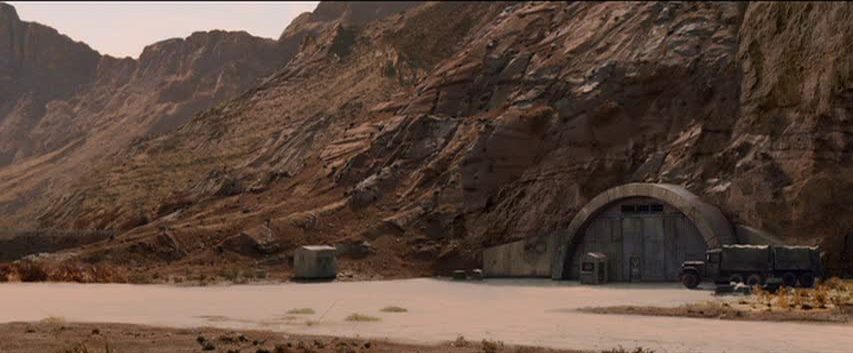I understand the appeal, a bit, of the whole ‘tiny house’ thing. You’re small enough to be exempt from many building codes, there’s a modicum of portability, it has an “I’m a minimalist’ vibe, and it’s usually cheaper than a real house. Downsides, of course, are the enormous lack of storage, plumbing is often not much better than what you’d get in an RV, and it’s not something that I can imagine anyone wanting to live in full-time. It’d be like a nicely appointed jail cell.
However…I can see an appeal where a hardened, fortified tiny house might make a nice little bolt-hole. Small enough to hide nestled in the gully or trees of a remote piece of property, but ‘full service’ enough to get you back on your feet after two weeks of hoofing it with just the clothes on your back across the post-apocalypse landscape. It would be a …tiny bunker?
Ok, let’s throw ‘tiny bunker’ into google and see what we get.
I suppose it depends on your definition of bunker, but a nice little fortified ‘cabin’ of tiny-house proportions tucked away somewhere unobtrusively might make a very nice fallback plan for when you have to beat feet.After all, if you have to flee for your lives to your Beta Site you really arent going to care that it’s only a hundred or so sq. ft. All youre gonna care about is that it has lights, food, weapons, meds, comms, and distance.
Given the ‘OMG this is it!’ attitude going on right now, I bet a ‘tiny bunker’ manufacturer could easily make quite a splash in the tiny house marketplace which has lost its luster as people realize it isn’t the minimallist panacea they thought it was.

